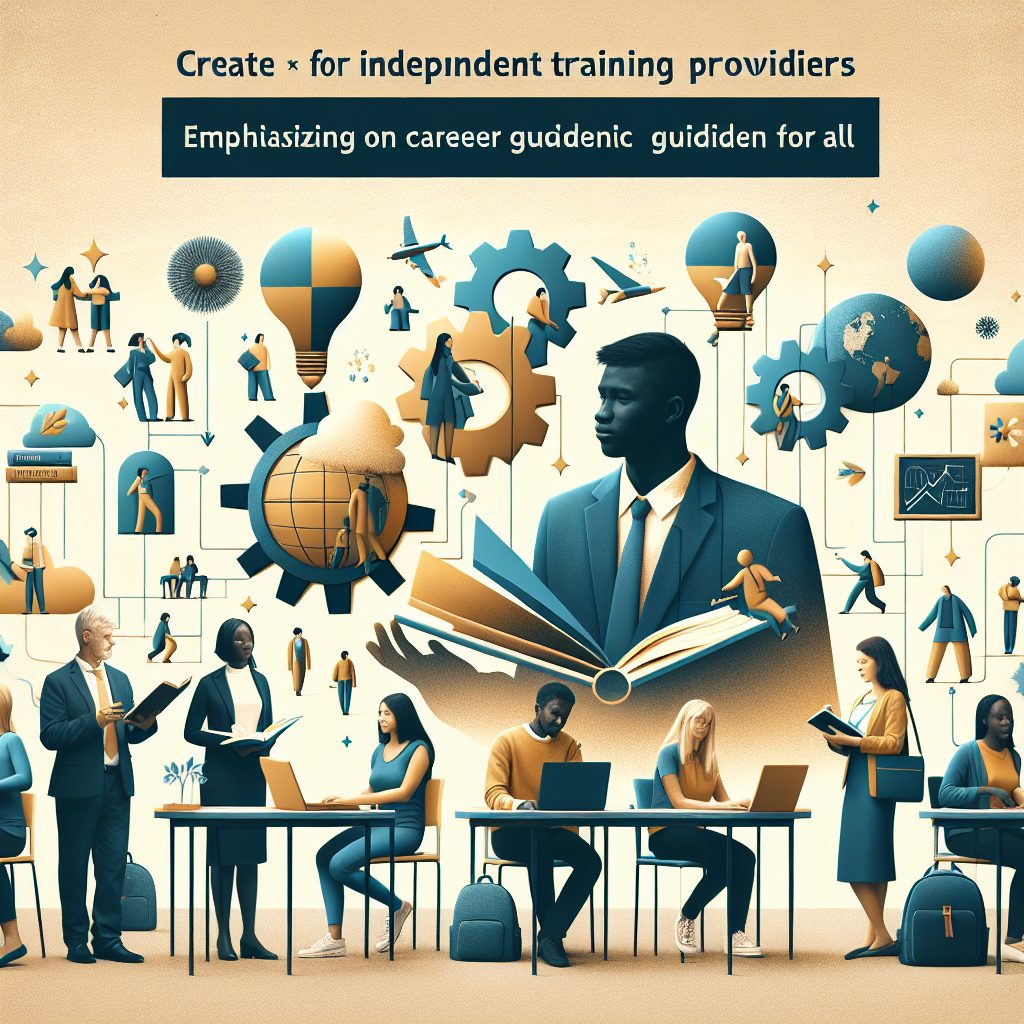
Bridging the Gap: Rethinking Gatsby Benchmarks for Independent Training Providers

Is the Gatsby Benchmarks Framework Missing the Mark for ITPs?
Let’s be honest: when it comes to careers advice for young people, we should aim, at the very least, for crystal-clear guidance. So, when I first heard about the Gatsby Career Benchmarks being applied to Independent Training Providers (ITPs) for 16 to 18-year-olds, I felt a mixture of excitement and concern. While the idea is commendable, we need to pause and take a closer look. Are these guidelines really addressing the unique landscape of ITPs, or are they simply echoing the school environment?
The Strength of ITPs
Independent Training Providers already have solid ties with employers and are doing incredible things to equip young people for the workforce. Yet, the Gatsby Benchmarks seem a bit disconnected from this reality. Rather than enhancing the already robust connections that ITPs have with local businesses, these benchmarks risk creating a perception of irrelevance.
Isn’t it time we ensure these frameworks don’t just live on paper? Let’s dig into the elements of the Gatsby Benchmarks and explore where they might be falling short.
1. A Stable Careers Programme
Every effective career programme needs stability, but how adaptable is this framework for the diverse needs of ITPs? It should foster an environment that reflects real-world experiences and connections. We need flexibility in our approach, rather than a one-size-fits-all mentality.
2. Learning from Career and Labour Market Information
In today’s fast-paced economy, keeping up with labour market trends is crucial. Young people must receive current and relevant information. But does the Gatsby framework consider the specific industries that ITPs serve? This is where I believe the guidelines can do better.
3. Addressing the Needs of Each Young Person
Every young person has unique aspirations and challenges. The Gatsby Benchmarks touch on this but there’s room for improvement. Personal connections between mentors and students in ITPs can provide invaluable insights that generic guidelines often overlook.
During my own early career, I was fortunate to have mentors who truly understood my path. The lessons I learned from their personal stories were invaluable. That kind of tailored guidance should be the gold standard at ITPs.
4. Linking Curriculum Learning to Careers
Curriculum relevance is vital for preparing young people for life beyond the classroom. But does the Gatsby framework ensure that every course is aligned with real job skills? Continuous collaboration with industry experts can make all the difference—and it’s something ITPs excel at.
5. Encounters with Employers and Employees
Face-to-face interactions with industry professionals are essential for building connections and gaining insights into various careers. ITPs have this nailed down, yet the Gatsby Benchmarks don’t appear to fully leverage these experiences. Why not draw on the strong employer relationships that ITPs have in place?
6. Experiences of Workplaces
Every bit of hands-on experience counts. ITPs often provide students with real company placements, a significant stepping stone. If the Benchmarks don’t fully encompass this advantage, we might be undermining the very benefits they offer.
7. Encounters with Further and Higher Education
Whether students aim for higher education or vocational training, exposure is key. The Gatsby guidelines should advocate for a broader range of options, considering that not all paths lead directly to a university style of education.
8. Personal Guidance
Finally, let’s not forget personal guidance. It’s more than just ticking boxes; real conversations matter. Providing emotional and practical support can make a world of difference in shaping a young person’s future.
In conclusion, while the Gatsby Benchmarks lay an important foundation, they appear to miss the unique strengths that ITPs bring to the table. So, how can we bridge this gap? How can we ensure that these guidelines resonate more deeply with the exceptional work happening in our Independent Training Providers?
It’s a discussion worth having. Perhaps it’s time to rethink how we can better support ITPs and, ultimately, the young people they serve. What are your thoughts? Let’s chat!
Feel free to share your insights below—I’d love to hear from you!





